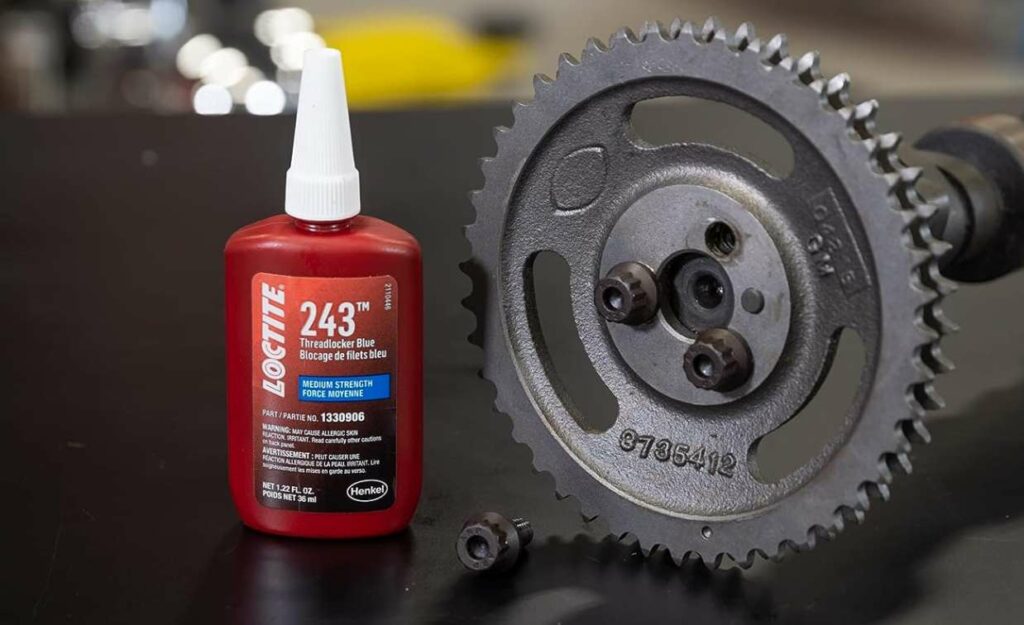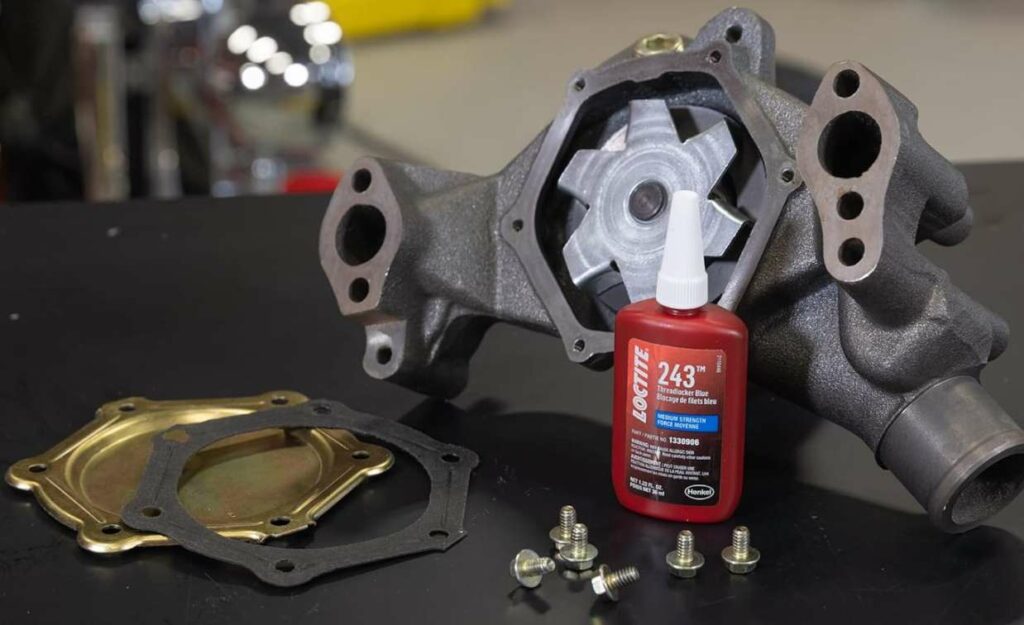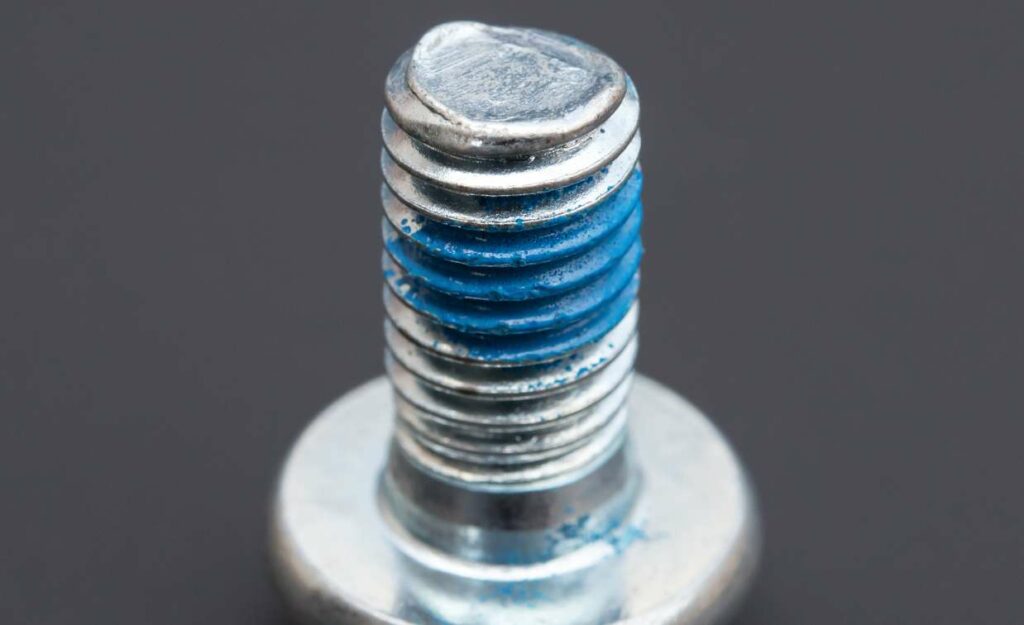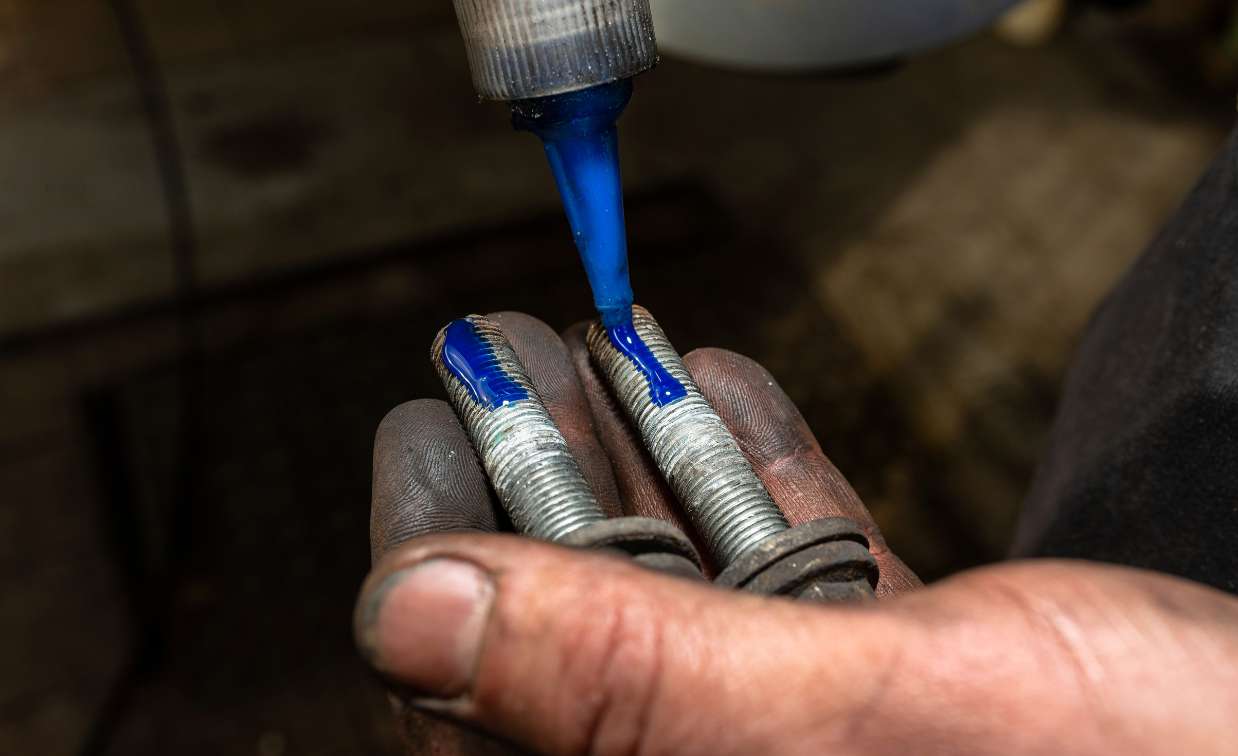If you work in the building, automotive, construction and manufacturing space, then you must have come across or used some Loctite glue and threadlockers in your projects.
Loctite is a brand that produces a wide range of adhesives, sealants and threadlockers that are used for a wide range of construction projects, for gluing, sealing, and securing parts together.
The general adhesives they produce like super glue are for general bonding applications, for gluing materials like wood, plastic, rubber, metal and even ceramics.
They have sealants like the Loctite 518 and 545 for creating custom gaskets or sealing gaps and joints in engines, pumps and other types of machinery.
There are pipe sealants designed to seal threads on pipes and fittings, to prevent leaks in plumbing, HVAC and other industrial applications.
And there are others for more specialized cases like threadlocking.
Table of Contents
What Are Threadlockers?

Threadlockers are a type of adhesive that are applied to threaded fasterners such as bolts, screws and nuts to prevent them from loosening due to vibration, shock, or other external forces. They are typically used in mechanical and industrial applications where maintaining the integrity of threaded connections is crucial.
Most machines, both small and large, and even buildings vibrate during use, and the function of the threadlocker is to ensure that the nuts and screws holding the parts together does not go loose and cause any type of failure to occur.
Talking about threadlockers, Loctite offers some of the best ones you can use for your projects, and they come in different types, which we’re going to talk about in this article. So, that you can choose the right ones for the different projects you work on.
Different Types of Loctite Threadlockers
Talking about threadlockers in general, there are 3 main categories you can choose from, which are differentiated using colors blue, purple and red, according to their strength, formulation and uses.
They include:
Low Strength (Blue)
These are designed to provide temporary locking of threads. They can be easily disassembled using standard hand tools.
Medium Strength (Purple)
Medium-strength threadlockers are used when you want a more reliable, semi-permanent thread locking solution. They can be removed with standard hand tools but may require more effort than the low-strength blue type.
High Strength (Red)
They provide a strong, nearly permanent bond and are ideal for applications where you want a secure, long-term connection. Disassembly in this situation cannot be done with simple hand tools. Rather, it requires the applications of heat to the threaded component and the use of specialty tools to loosen the thread.
Here are some common types of loctite threadlockers you can find in each of the categories above.
Loctite 243

Loctite 243 provides a medium-strength bond and it’s suitable for both ferrous and non-ferrous metals. It is stronger than common low-strength threadlockers but allows for disassembly using standard hand tools when necessary.
It’s oil tolerant, which means it can be used on parts that may come into contact with oils and other lubricants without losing its effectiveness.
It can be used for:
Automotive maintenance and repair, particularly for securing engine components and critical fasteners.
Manufacturing and assembly of machinery and equipment.
Construction and building projects, where threaded connections need to withstand external forces.
Maintenance of industrial equipment, such as pumps, motors, and compressors.
General repair and DIY projects where threaded connections need added security.
Loctite 243 vs 242
Loctite 243 and Loctite 242 are both medium-strength threadlocker adhesives and they share many similarities. However, there are some differences between the two products:
Oil Tolerance
One of the key differences is that the 243 is specifically formulated to be more oil-tolerant compared to 242. This means that it is designed to maintain its effectiveness even when used on threaded connections that may come into contact with oils and other lubricants.
That is why 243 is often preferred for applications in environments threaded connections may be exposed to oils and lubricants, such as in automotive and industrial machinery settings.
Temperature Resistance
Loctite 243 also offers slightly better temperature resistance than 242. It can withstand higher operating temperatures, which can be beneficial in applications with elevated temperatures like automotive engines.
Loctite 271 (Red)
The red color of loctite 271 indicates it’s suitable for applications where you need a very secure and nearly permanent connection.
Such applications include:
Automotive and truck engine assembly for critical fasteners, such as cylinder head bolts, exhaust manifold bolts, and transmission housing bolts.
Heavy machinery and equipment assembly, including construction equipment and agricultural machinery.
Manufacturing and assembly of industrial equipment, pumps, compressors, and generators.
Marine applications, where threaded connections are exposed to saltwater and harsh environmental conditions.
Maintenance and repair of heavy-duty machinery, including mining equipment and oil-field machinery.
What to Look For When Choosing a Threadlocker

Here are some essential criteria you might want to consider when choosing or using a threadlocker during your projects.
Strength/Torque
As mentioned above, there are high, medium and low strength threadlockers which are used based on how often the component is disassembled.
If you’ll be disassembling the locked component in the near future, then using a low/medium (blue/purple) strength threadlocker is recommended. On the other hand, if you need a permanent seal, then you can go for the high strength red threadlockers.
Fixture and Curing Time
Fixture time refers to how long you can handle and apply the threadlocker before it begins to cure, while curing time refers to how long it takes for it to cure completely after it’s applied.
Most threadlockers take about 24 to 36 hours to cure completely.
Rust and Corrosion Resistance
Most threadlockers are rust and corrosion resistance, but you want to to check and make sure the one you’re using have these properties, especially if you’re applying it on metal surfaces that are prone to rust.
Disassembly
I know I’ve already mentioned this indirectly above, but it’s important that I make it clear here. Some threadlockers can be disassembled with simple hand tools while others cannot.
You might need to apply heat to the fastener or use a freeze and release spray. So, ensure you consider this when locking fasteners.

